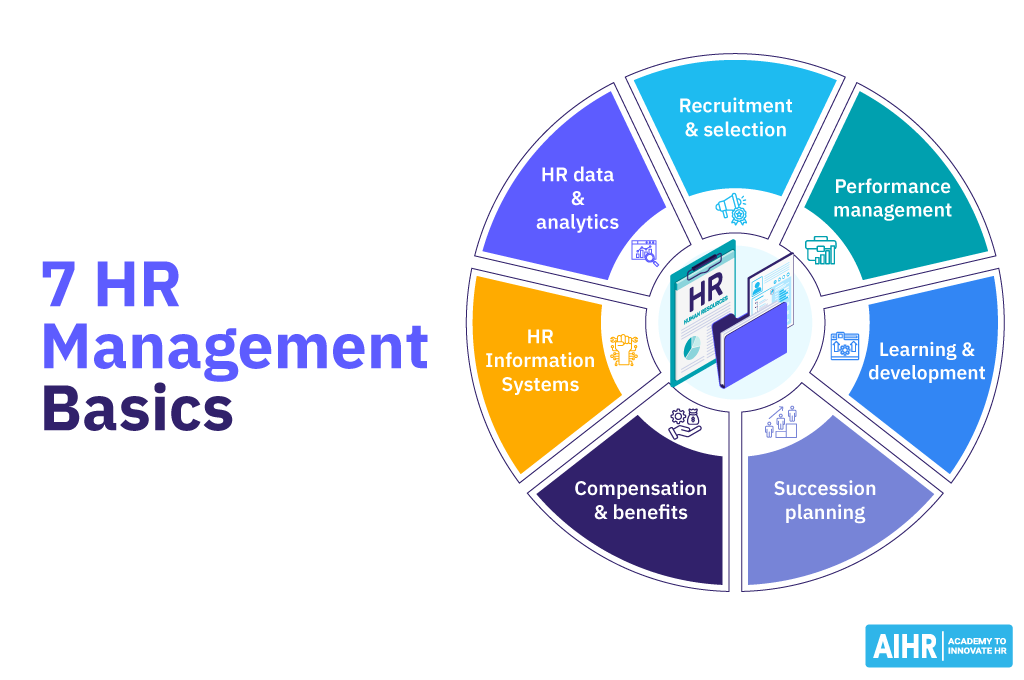Human Resources (HR) is one of the most vital departments in any organization, regardless of its size, structure, or industry. Many jobseekers don’t know the full form of HR and its role in the hiring process. Simply put, HR handles the people side of a business. It is the department responsible for recruiting and retaining talent, managing employee relations, ensuring compliance with labor laws, and fostering a positive workplace environment.
But HR goes far beyond hiring and firing—it plays a strategic role in shaping the culture and success of an organization. Let’s dive deeper into what is the full form of HR is, its responsibilities, and why it is so crucial in a company.
What Does HR Stand For?
HR stands for Human Resources, which refers to the workforce or employees of an organization. The HR department oversees policies, systems, and practices designed to manage and support these human resources efficiently. While the primary goal of HR is to ensure that employees are productive and satisfied in their roles, the department also acts as a bridge between management and staff.
The Goals of HR
The core objectives of HR can be broken down into several key areas:
- Recruiting and Retaining Talent: Finding the best people for the job and keeping them engaged.
- Employee Development: Providing training and growth opportunities.
- Compliance: Ensuring adherence to labor laws and regulations.
- Workplace Culture: Promoting a positive environment that aligns with company values.
- Performance Management: Evaluating and improving employee output.
- Compensation and Benefits: Designing packages that attract and retain employees.
Each of these aspects contributes to the overall success of an organization by ensuring its workforce is motivated, skilled, and aligned with the company’s objectives.
Key Functions of HR in a Company
The HR department performs a wide range of functions. Below are some of the most important ones:
1. Recruitment and Staffing
Hiring the right talent is one of the most critical responsibilities of HR. This involves creating job descriptions, posting job openings, screening resumes, conducting interviews, and onboarding new employees. The recruitment process ensures that the company has skilled individuals who fit the organizational culture.
HR also works on workforce planning to anticipate future hiring needs. This includes identifying skill gaps within the company and proactively recruiting to fill them.
2. Training and Development
Once employees are hired, they need to be trained to perform their roles effectively. HR organizes onboarding sessions for new hires and provides ongoing training programs to help employees develop their skills. These programs might include technical training, leadership development, or workshops on soft skills such as communication and teamwork.
Training and Onboarding plays an important role while you understand the full form of HR.
By investing in employee development, companies not only improve productivity but also foster loyalty by showing employees that they care about their growth.
3. Employee Relations
A healthy relationship between employers and employees is crucial for workplace harmony. HR acts as a mediator to resolve conflicts, address grievances, and ensure open communication between management and staff.
Additionally, HR plays a key role in promoting diversity, equity, and inclusion (DEI) within the workplace. By fostering an environment where everyone feels valued and respected, HR helps improve employee satisfaction and retention.
4. Compliance with Labor Laws
Every company must comply with local, state, and federal labor laws. These regulations cover everything from minimum wage and overtime pay to workplace safety and anti-discrimination policies.
HR ensures that the organization adheres to these rules to avoid legal issues. This includes maintaining accurate employee records, managing work hours, and staying updated on changes in labor laws.
5. Performance Management
Monitoring employee performance is another key function of HR. This process involves setting clear expectations, providing regular feedback, conducting performance reviews, and addressing underperformance.
Effective performance management not only boosts productivity but also helps employees understand how their work contributes to the company’s goals.
6. Compensation and Benefits Management
To attract and retain top talent, companies need to offer competitive salaries and benefits packages. HR is responsible for designing these packages, which may include health insurance, retirement plans, bonuses, paid time off, and other perks.
HR also ensures that compensation practices are fair and equitable across the organization.
7. Employee Engagement
Engaged employees are more likely to be productive and committed to their work. HR fosters engagement by organizing team-building activities, recognizing employee achievements, and gathering feedback through surveys or one-on-one meetings.
By focusing on engagement, HR helps create a positive workplace culture where employees feel motivated and appreciated.
Why is HR Important in a Company?
The importance of HR cannot be overstated—it directly impacts both employee well-being and organizational success. Here are some reasons why HR is crucial and knowing the full definitions of HR forms is vital:
- Aligning People with Business Goals: HR ensures that employees understand the company’s mission and how their roles contribute to it.
- Enhancing Employee Satisfaction: Through fair policies, open communication, and opportunities for growth.
- Reducing Turnover: By addressing employee concerns and fostering a supportive environment.
- Driving Innovation: A strong workplace culture encourages creativity and collaboration. Learning the AI Tools in HR world is critical in 2025 to succeed in this field.
- Minimizing Legal Risks: By ensuring compliance with labor laws.
- Improving Productivity: Through effective training programs and performance management systems.
In short, HR acts as the backbone of any organization by managing its most valuable asset—its people.
Challenges Faced by HR
Are these full form of HR without challenges?. Absolutely not!. Many times it faces difficulties like below:
- Talent Shortages: Finding qualified candidates in competitive job markets can be challenging.
- Remote Work Dynamics: Managing remote teams requires new strategies for engagement and communication.
- Keeping Up with Technology: Adopting HR software for recruitment, payroll, or performance tracking can be overwhelming.
- Employee Burnout: Addressing mental health issues in fast-paced work environments is becoming increasingly important.
- Legal Compliance: Staying updated on changing labor laws requires constant monitoring.
Despite these challenges, HR professionals continuously adapt to meet the evolving needs of the workforce.
The Role of Technology in HR
In today’s digital age, technology has transformed how HR operates. From applicant tracking systems (ATS) that streamline recruitment to performance management software that tracks employee progress in real time, technology has made HR processes more efficient.
Other examples include:
- HR Analytics: Using data to make informed decisions about hiring, retention, or training.
- Learning Management Systems (LMS): Delivering online training programs for employee development.
- Payroll Software: Automating salary calculations and payments.
- Employee Self-Service Platforms: Allowing employees to access information about benefits or request time off independently.
With Generative AI impact in HR, this field has gone through heavy automations. Many of the roles like Career Consultations, Resume writing can be automated with AI tools.
By leveraging technology, HR can focus more on strategic initiatives rather than administrative tasks.
How Small Businesses Handle HR
In smaller companies where resources may be limited, there may not be a dedicated HR department. Knowing the full form of HR and understanding the roles from SMB standpoint is vital.
In such cases:
- Managers or business owners often take on HR responsibilities.
- Outsourcing HR functions to third-party providers is another common solution.
- Utilizing simple tools like spreadsheets or affordable HR software can help manage basic tasks like payroll or employee records.
As businesses grow, investing in an in-house HR team becomes essential to support a larger workforce effectively.
Conclusion
Human Resources is so much more than just hiring employees. It’s about building a thriving workplace where people feel valued and empowered to do their best work. By managing recruitment, training, compliance, performance, compensation, and engagement, full form of HR (aka 360 degree) plays a pivotal role in driving organizational success.
Whether you’re running a small business or managing a large corporation, having an effective HR strategy in place can make all the difference in achieving your goals. After all, at the heart of every successful company is its people—and that’s exactly what HR is all about.





